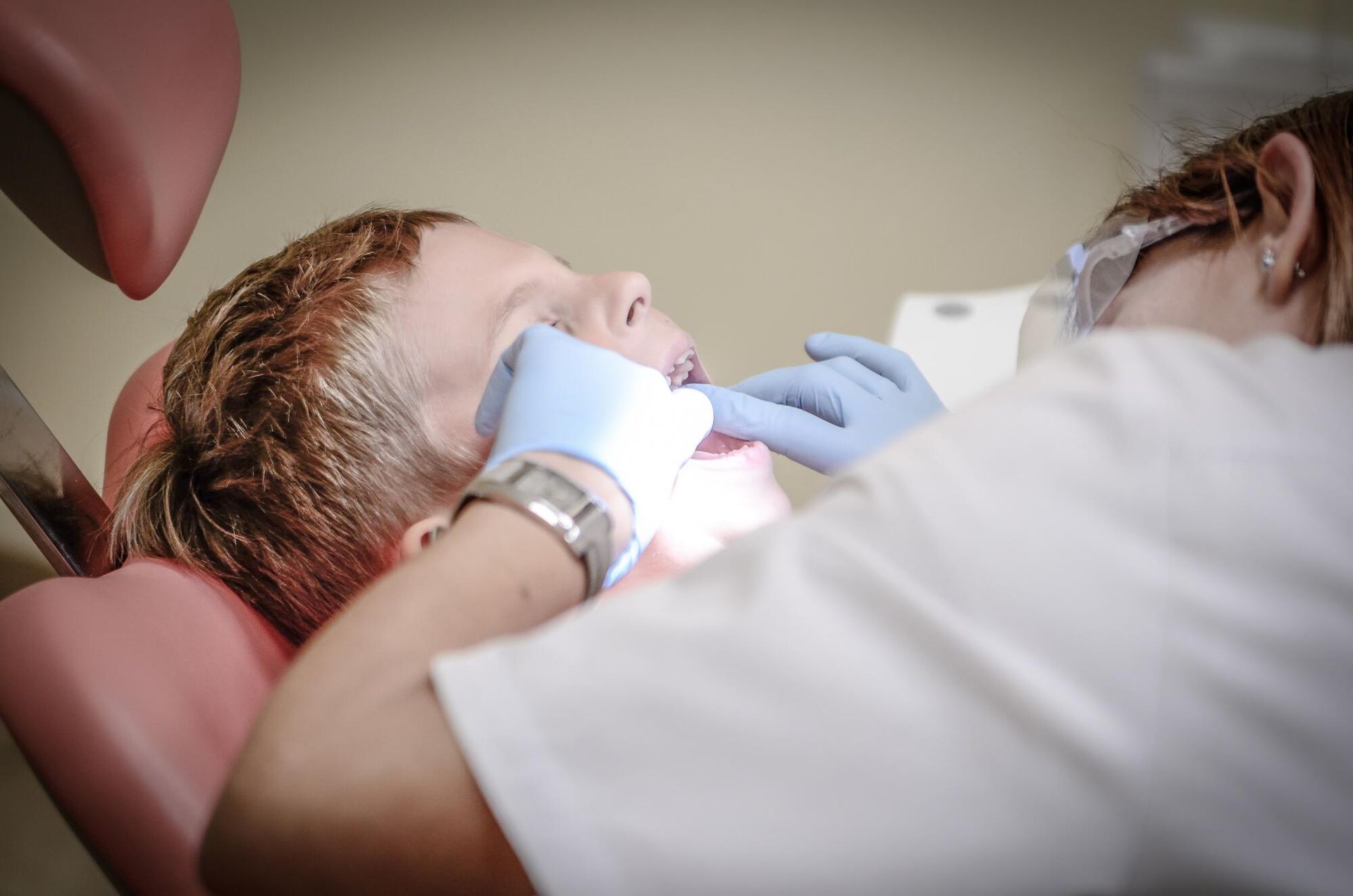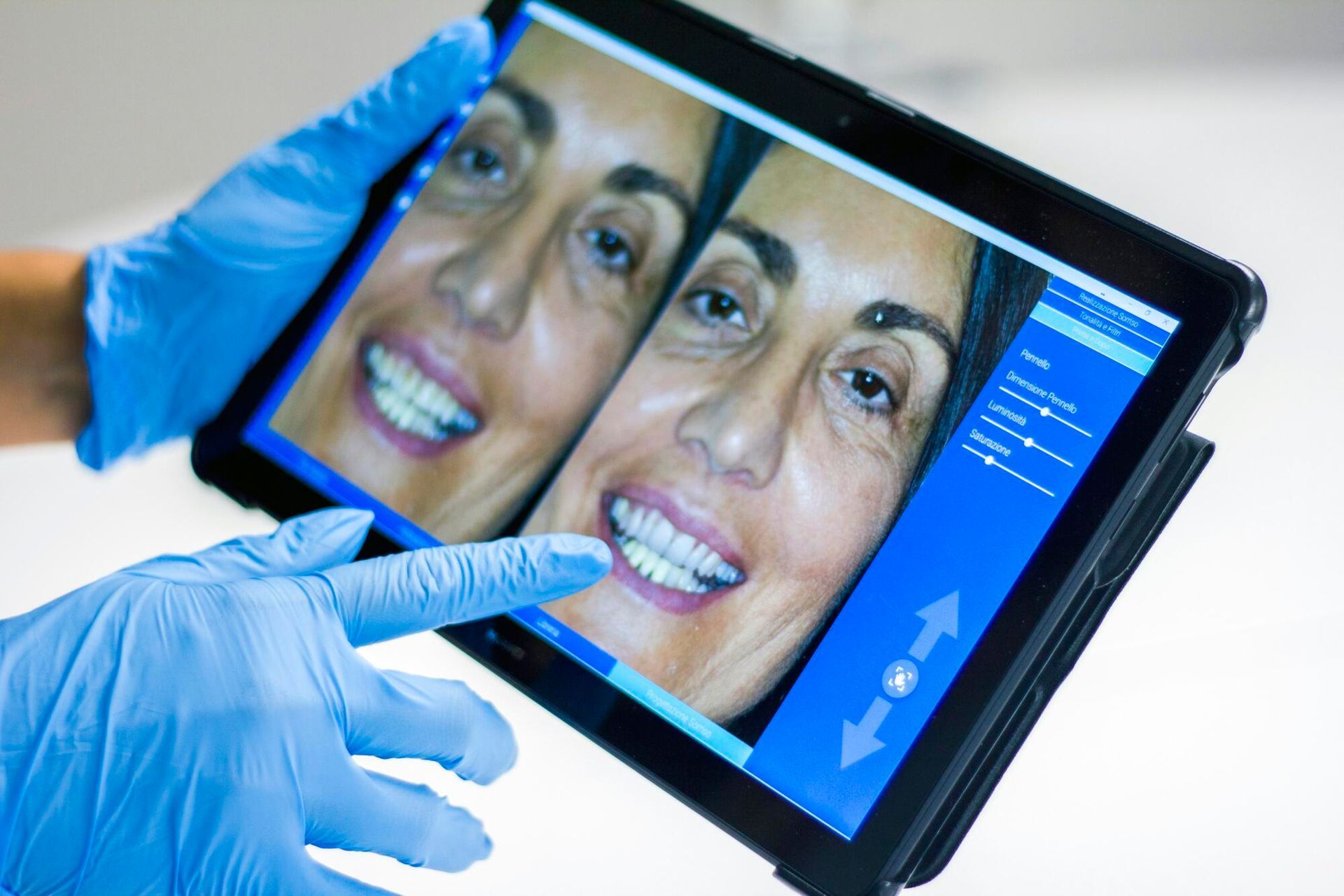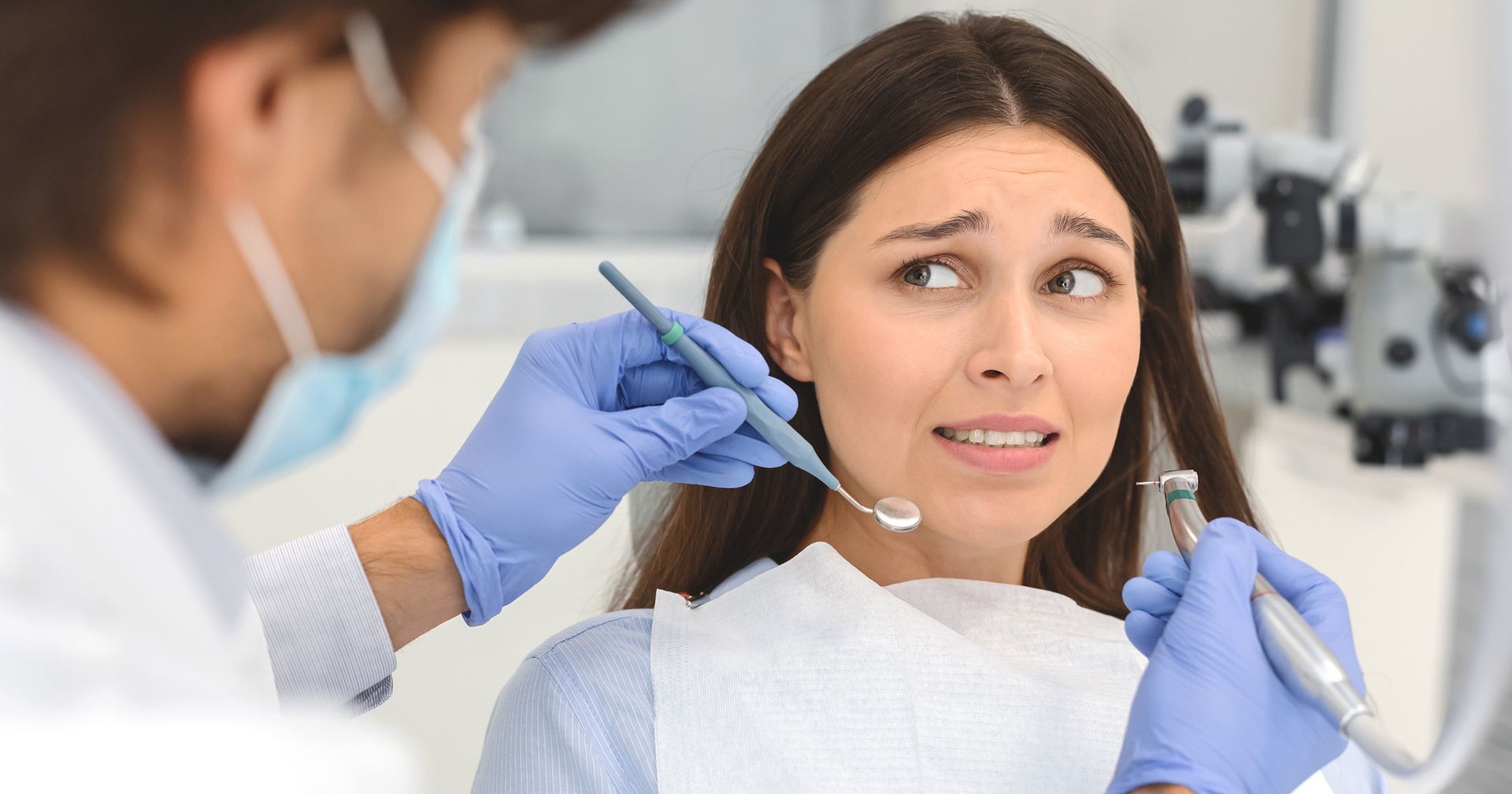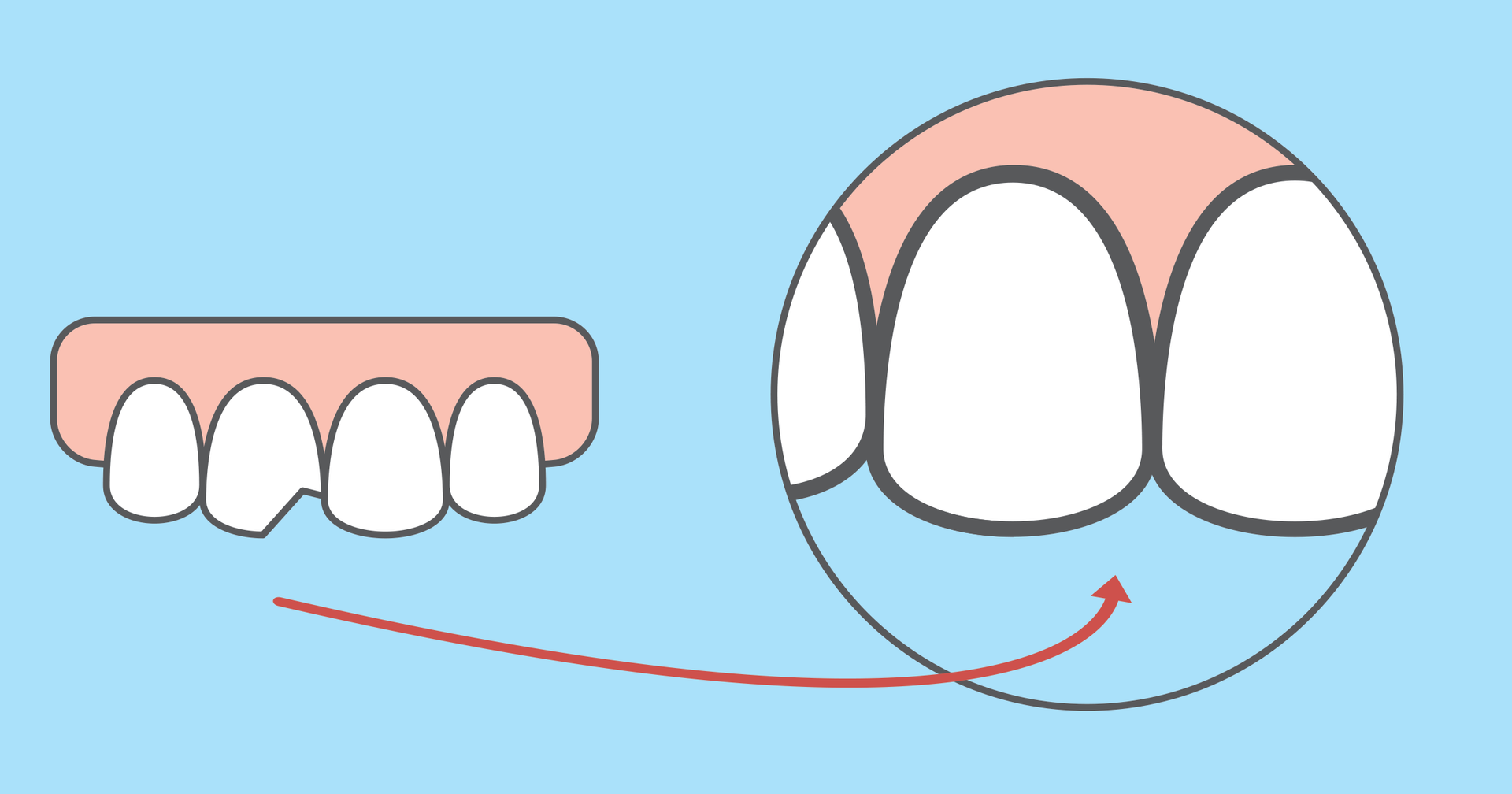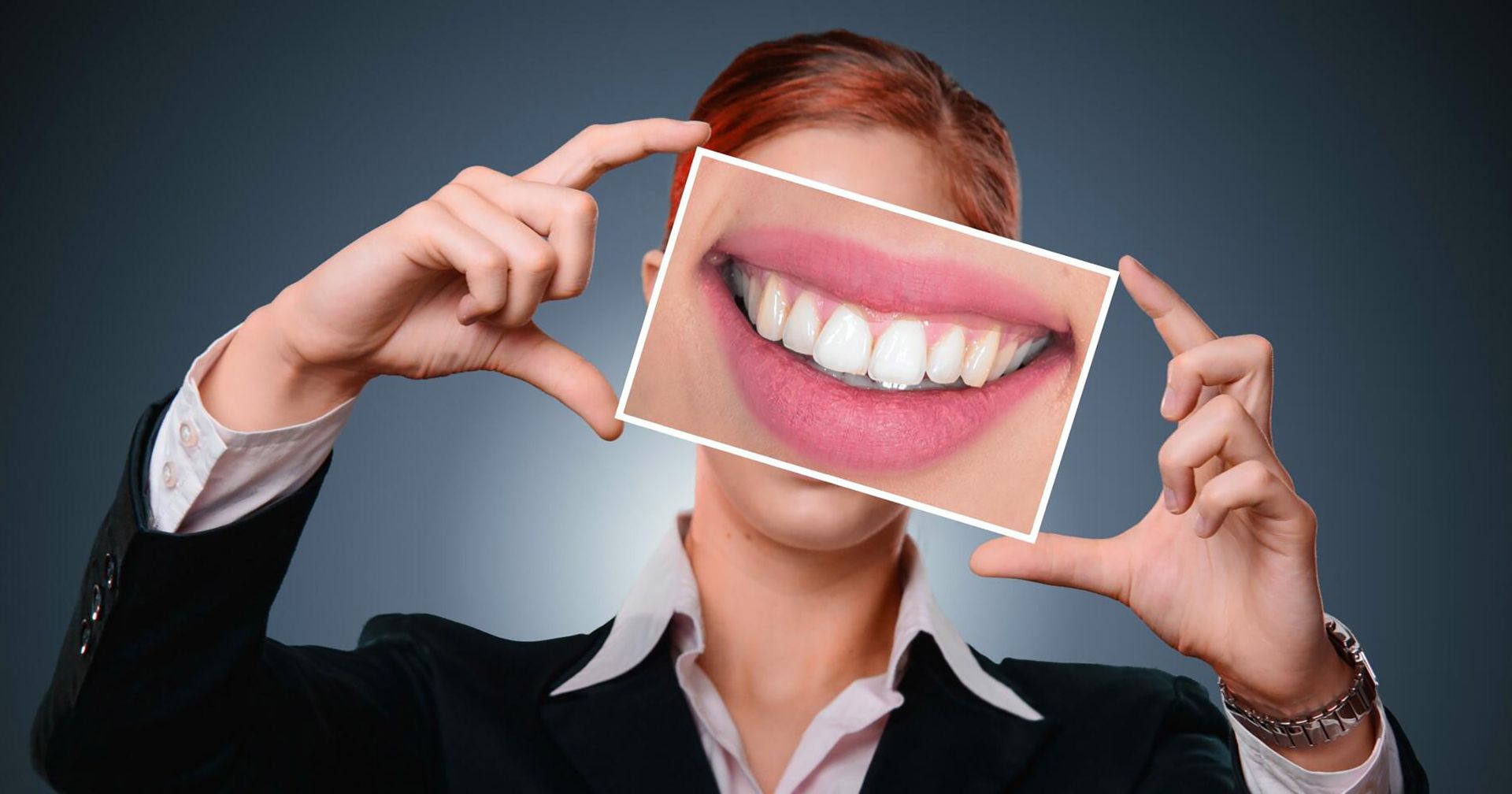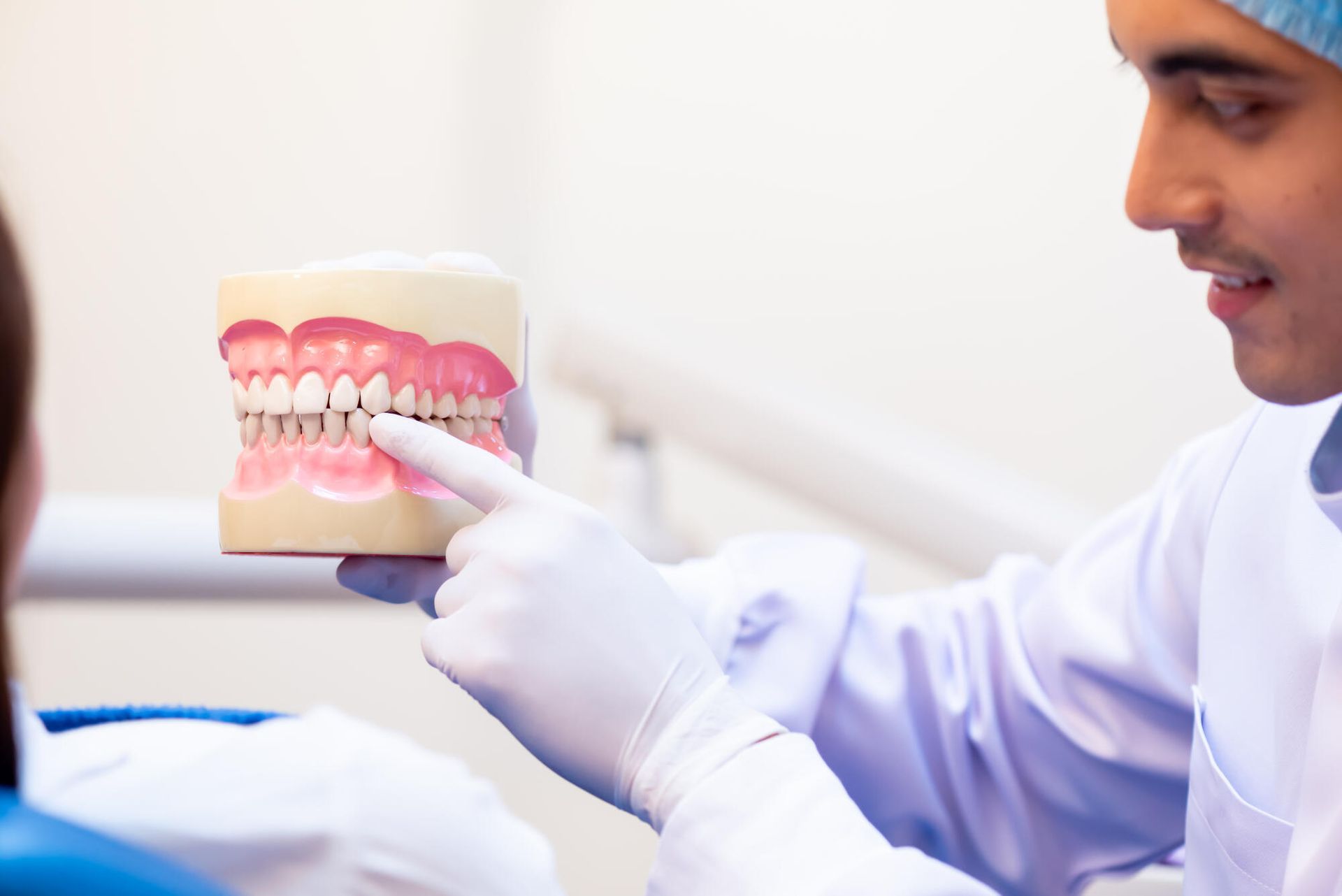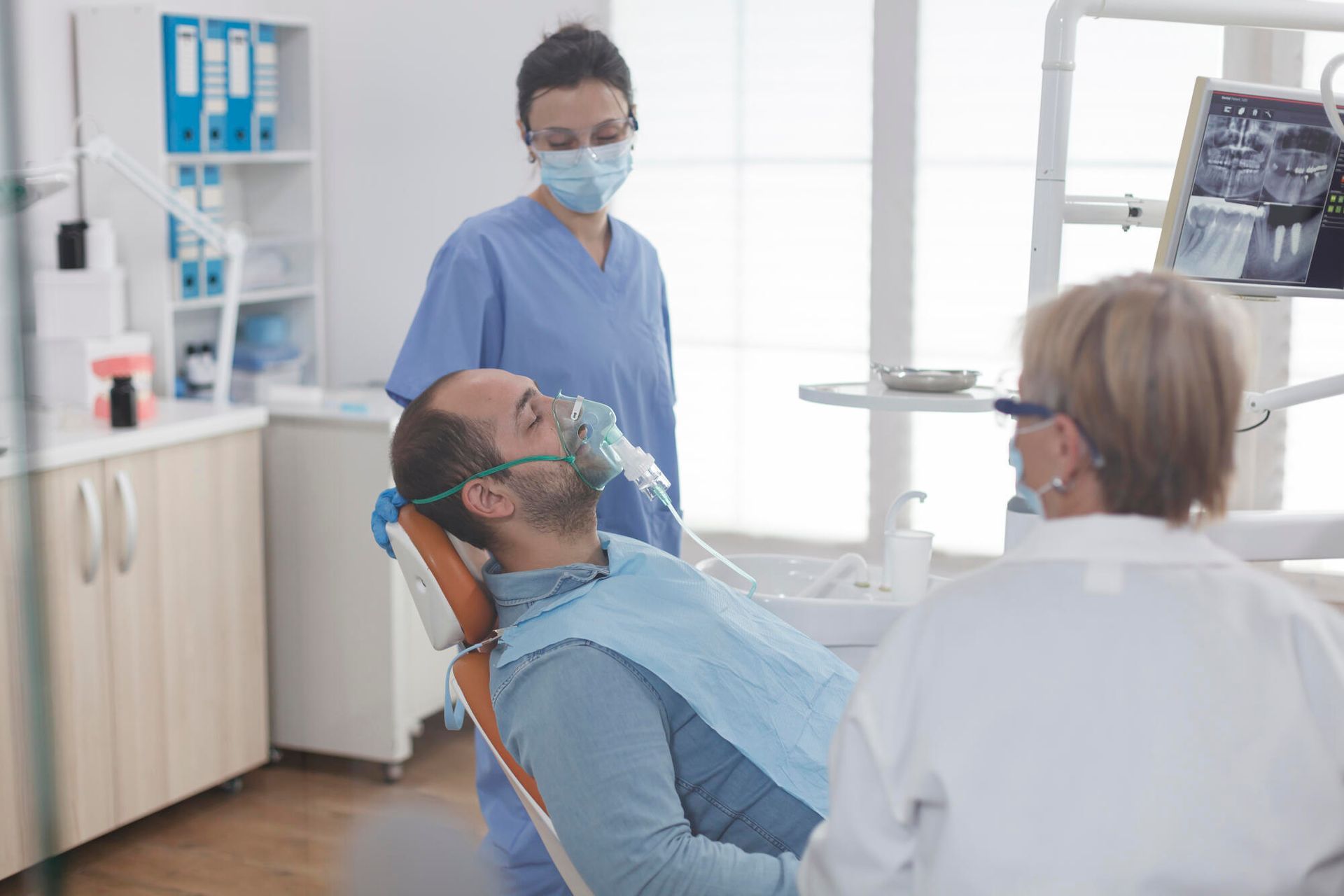What You Need to Know About All-on-4 Dental Implants
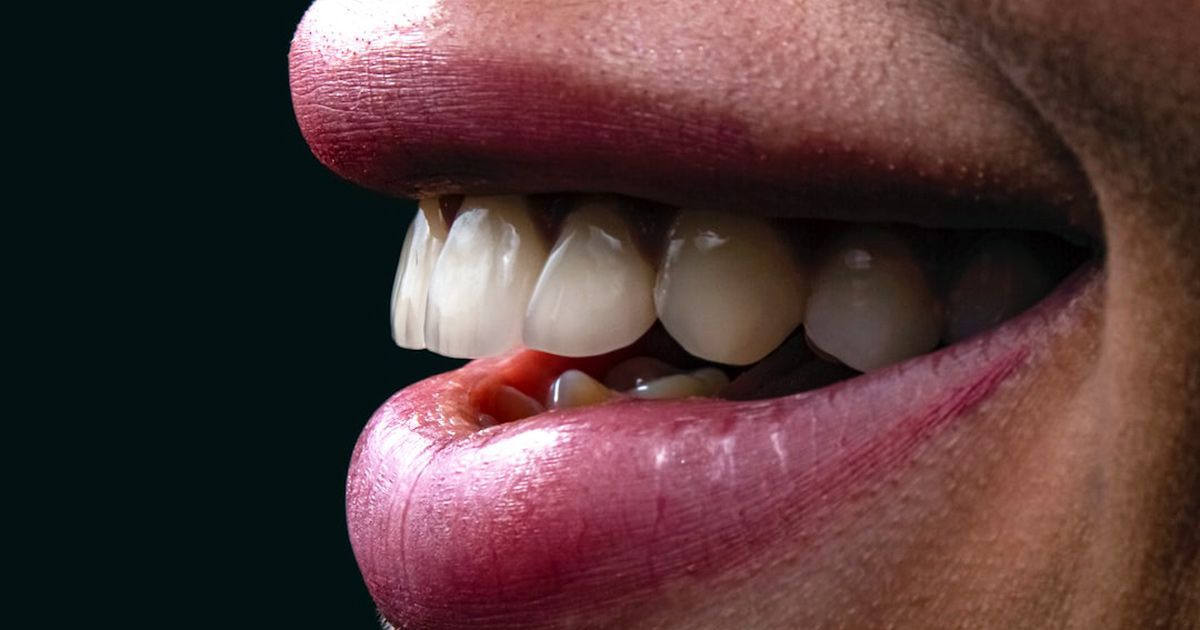
Keep reading if you've lost teeth due to gum disease, tooth decay, or injury. This article tells you what you need to know about All-on-4 dental implants.
Over 120 million Americans face the reality of missing at least one tooth. Are you one of them?
This isn't only about aesthetics. Missing teeth can impact speech, eating habits, and even self-confidence. But there's hope on the horizon.
Imagine flaunting a full, radiant smile, restoring your teeth, confidence, and quality of life. The answer lies in a cutting-edge solution from advanced cosmetic dentistry.
Dive in to uncover the transformative potential of
All-on-4 dental implants. Discover how a trusted
dentist in Catoosa, OK, can be your partner in this life-changing journey. Your new smile awaits!
Understanding the Causes of Tooth Loss
Tooth loss among adults is common, but understanding its causes can pave the way for better prevention and treatment. Here are the primary reasons:
Tooth Decay
Our mouths are home to various bacteria. While some are harmless, others can be detrimental. These harmful bacteria feed on the sugars in our diet and produce acids as a byproduct.
Over time, these acids erode the tooth's enamel, leading to cavities. If not addressed in the early stages, decay can penetrate deeper layers of the tooth. It can cause significant damage and, eventually, tooth loss.
Gum Disease
Often lurking in the shadows, gum disease is an insidious condition. It starts as gingivitis, with symptoms like red, swollen gums that bleed easily.
If not treated, it can escalate to periodontal disease. That is a more severe form where the gums pull away from the teeth, forming pockets.
These pockets become infected. As the body fights the infection, it can break down the bone and connective tissue that holds teeth in place. This process, if unchecked, culminates in tooth loss.
Tooth Injury
Life is unpredictable. Accidents leading to tooth injuries can happen anytime, from an elbow during a basketball game to a slip on icy pavement.
While you can fix some injuries with fillings or crowns, severe trauma can sometimes result in tooth loss.
Regardless of the reason behind tooth loss, its effects go beyond the physical. The emotional toll, from feeling self-conscious when smiling to struggling with routine activities like eating or speaking, can be profound.
What Are All-on-4 Dental Implants?
In the ever-evolving field of cosmetic dentistry, All-on-4 dental implants stand out as a transformative and innovative solution.
For those unfamiliar with the concept, let's delve deeper into what these implants entail and why they're rapidly becoming popular.
The Basics of All-on-4 Dental Implants
The All-on-4 dental implant procedure offers a comprehensive solution to tooth loss. Rather than replacing each tooth one by one, this approach strategically places four dental implants in specific positions within the jawbone.
These implants serve as the foundation, supporting an entire arch of prosthetic teeth. The result is a rejuvenated, complete smile that's functional.
Why Are They the Talk of the Town?
All-on-4 dental implants offer a comprehensive solution to tooth loss with fewer implants and faster recovery.
Their rising popularity can be attributed to several key advantages.
Efficiency
Traditional dental implant methods can require numerous implants to restore a full set of teeth. All-on-4 streamlines this process.
Patients can achieve a full and vibrant smile by leveraging the strength and positioning of only four implants. This reduces surgical time and often leads to quicker recovery periods.
Durability
The All-on-4 dental implants are constructed using high-quality materials. Proper care and regular dental check-ups can ensure that these implants serve you well for many years if not a lifetime. This durability offers peace of mind, knowing that the investment in your oral health is built to last.
Natural Appearance and Function
One of the primary concerns for many considering dental implants is the result. Will it look authentic? Will it feel right?
All-on-4 dental implants mimic the appearance and function of natural teeth. The prosthetic teeth match the natural teeth' color, shape, and size. This ensures that your new smile integrates with your facial aesthetics.
They also offer the functional benefits of natural teeth, allowing you to eat, speak, and laugh with renewed confidence.
All-on-4 dental implants are a cosmetic solution and a holistic approach to oral restoration.
The All-on-4 Dental Implant Journey: Step by Step
Dipping your toes into dental restoration can feel overwhelming. With All-on-4 dental implants, however, the process is streamlined.
Let's demystify the journey by walking through each phase, ensuring you know what to anticipate at every step.
Consultation
During the consultation phase, your dentist will look at your oral health using advanced imaging techniques. The goal is to gauge the health of your jawbone and determine whether it can support the implants.
Along with this physical evaluation, you can also discuss any concerns and ask questions.
Procedure
The next step is the actual implantation. This process involves placing four dental implants in specific locations within your jaw.
Precision is vital here to ensure the most stable foundation for the prosthetic teeth. In order to make the experience as comfortable as possible, have anesthesia administered. It allows you to relax while the dentist works.
Sedation options might also be available for those anxious about dental procedures.
Recovery
As with any surgical intervention, there's a recovery period after the procedure. During this phase, following your dentist's post-operative instructions is essential. This may include dietary restrictions, oral hygiene guidelines, and potential follow-up visits.
While "recovery" might sound daunting, many patients are pleasantly surprised. They often report minimal discomfort, managed with over-the-counter pain relievers or prescribed medications. In a relatively short time, most patients resume their regular routines.
Final Fitting
The culminating moment arrives once the jawbone fully integrates with the implants-a process known as osseointegration.
After ensuring everything is in perfect order, and the implants are stable, your dentist will attach the permanent prosthetic teeth to the implants.
This final fitting is done to ensure optimal function and aesthetics. After this step, you'll be sporting a revitalized, radiant smile.
Don't Wait to Regain Your Smile
If you're tired of feeling self-conscious about missing teeth, now is the time to act. All-on-4 dental implants offer a transformative solution.
With the expertise of a trusted Catoosa dentist, you're just a step away from regaining your confidence and smile. Don't put off what could be a life-changing decision.
Schedule your consultation with our dentist in Catoosa, OK, today and discover the joys of a renewed smile.
